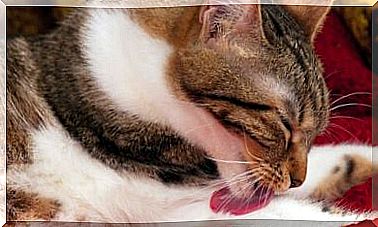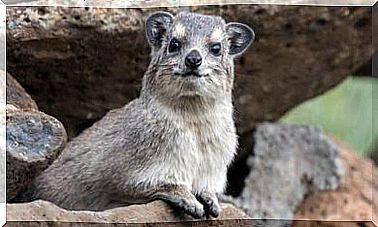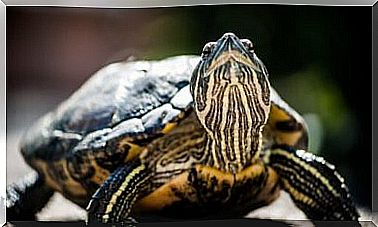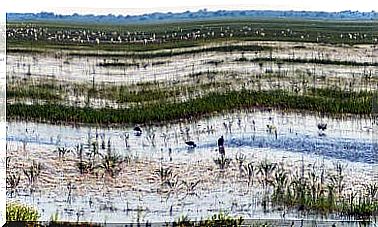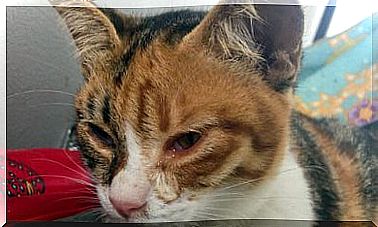The Lynx: Portrait Of A Wild Cat
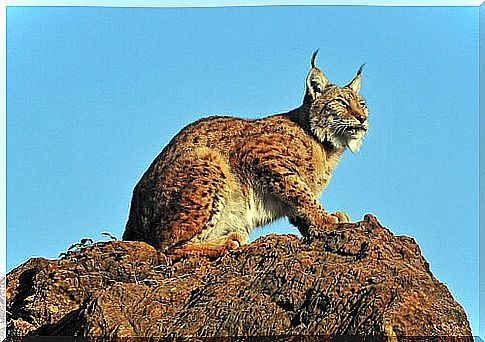
The Iberian lynx is one of the best-known species of lynx, but there are also many others that are native to various ecosystems around the world. On average, lynxes reach a size of 10 to 30 kg and are therefore significantly smaller than large cats such as tigers or leopards, which can weigh over 100 kg.
The lynx can be recognized by its brush ears. The protruding hairs improve his hearing. The tail is short because it does not need it to balance in trees or in a race, as is the case with other wild cats.
Lynx mostly hunt small animals such as rabbits, but can also kill wild ungulates such as deer, especially the larger lynx species. They are solitary animals, which is the case with most types of cats.
The Iberian lynx
The Iberian lynx is critically endangered. It is the most endangered species of cats in the world, but recent success has been achieved in conserving the Iberian lynx. Nevertheless, it is still in danger, because there are only 500 copies left, as the last count shows.
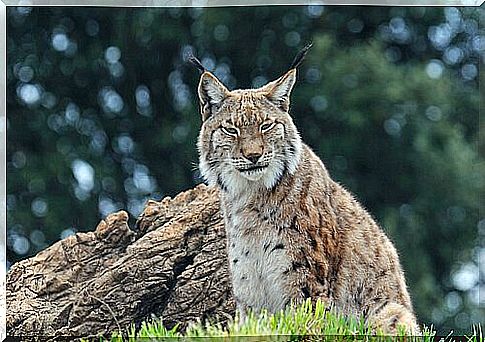
This medium-sized lynx weighs approximately 13 kg, but some males can weigh up to 20 kg. Most of his victims are lagomorphs, which is why he suffers a lot when there are too few rabbits, as the number is reduced by infectious diseases (such as hemorrhagic fever or myxomatosis).
The basic fur color of the Iberian lynx, also known as the Iberian lynx, is gray-yellow or brownish. The fur is streaked with dark brown to black spots, which are arranged in several rows on the sides. This lynx species is native to Portugal, Toledo and Extremadura, some specimens have also been spotted in the north of the Spanish peninsula.
Bobcat
This is the smallest species of lynx, which is even smaller than the Iberian lynx. It is native to all of North America, from Mexico to Canada. They weigh around 8 kg, but some specimens can weigh up to 17 kg. So they are roughly twice the size of a larger domestic cat.
Fortunately, the bobcat is not endangered because it has a very large area in which to spread. However, there are 12 subspecies of this wildcat, some of which are in danger. The bobcat is the most hunted wild cat in the world. This is due to the fact that it is very widespread and its hunting is hardly regulated by law.
Eurasian lynx
The Eurasian lynx or northern lynx is the largest of its kind. It can weigh up to 30 kg and is native to almost all of Eurasia. The Eurasian lynx can be found in countries such as Turkey, China, Russia, Germany or even in Tibet. There are also various subspecies.
The size and spread of the northern lynx enables it to hunt a wide variety of animals, including camels, oxen and reindeer. But like all other lynx species, it is particularly fond of wild rabbits.
The populations of this species of lynx are good, but in some countries the Eurasian lynx is still threatened as it is often hunted by poachers. In Spain this species of lynx was not reintroduced, as was the case in France, to prevent conflict with humans. Until around 400 years ago, the northern lynx was also native to the Pyrenees and the Cantabrian Mountains.
In Germany the northern lynx was practically exterminated, but it has been returning since the end of the 20th century.

Canadian lynx
This species of lynx shares different areas with the bobcat. It is found in cold coniferous forests in the northern United States, Canada, and Alaska.
This is why the Canadian lynx has a thicker, greyish coat that is less spotty. The colors of the fur are lighter, because this way this lynx can camouflage itself better in the snow.
It is the second largest species of lynx that can easily hunt ungulates. The greatest threat to the Canadian lynx, however, is poachers who are after their beautiful fur.
Image Sources: Gabri Solera, Guillermo Fdez y Keith Williams.
